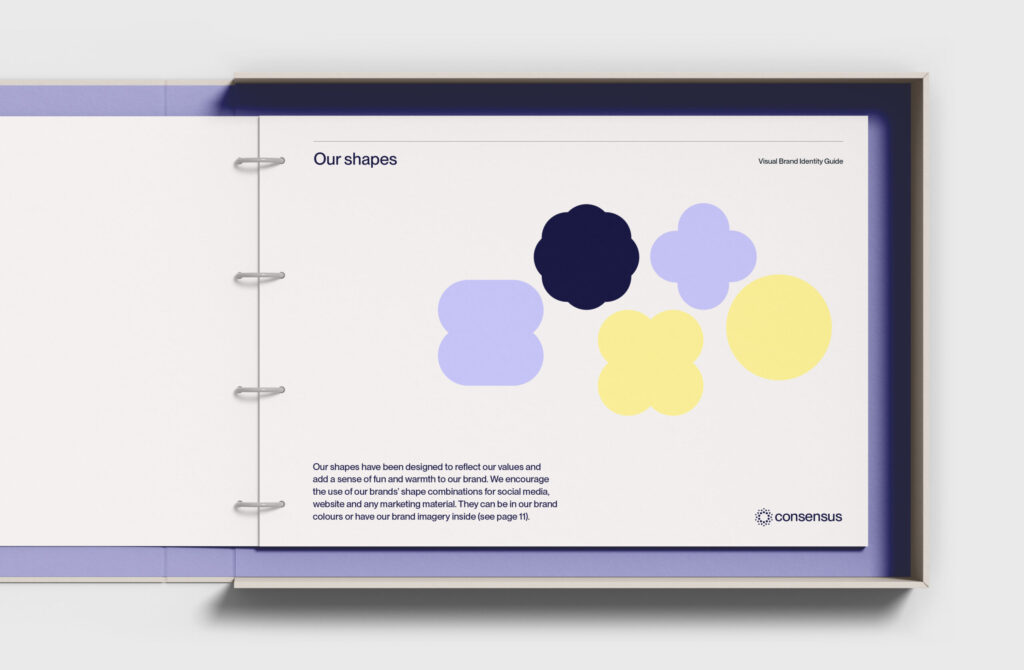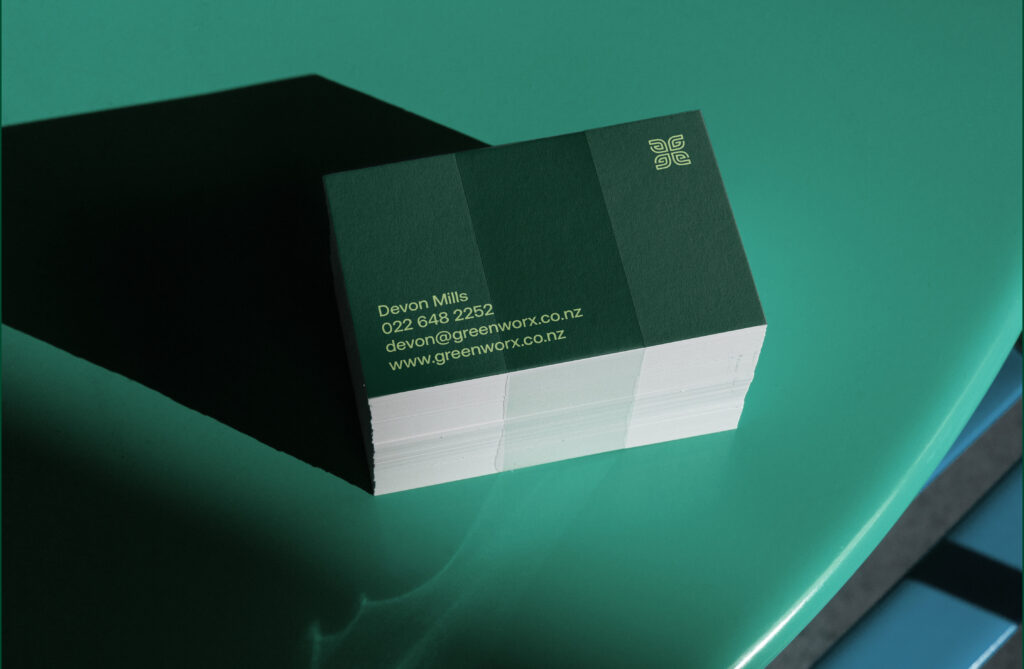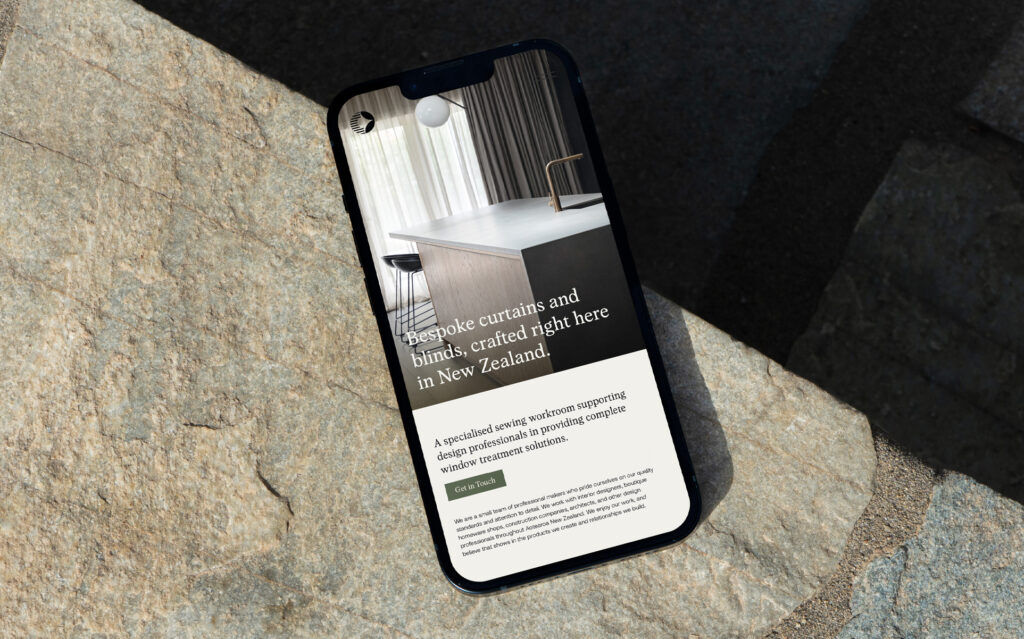Insight – 09/06/2024
Ideally, graphic design would seamlessly blend aesthetics and functionality, but this isn’t always achievable.
Design is about finding the perfect balance between beauty and purpose. While aesthetic design seeks to captivate the eye and evoke emotions, functional design focuses on practicality and fulfilling user needs. The debate between aesthetics and functionality has been a contentious issue for centuries, with strong advocates on both sides. In this article, we debunk the myth of having to choose between aesthetics and functionality, exploring the potential for a harmonious blend of both in design.
The importance of aesthetics in design
The study of beauty and taste is known as aesthetics. Aesthetics pertains to the visual appeal and various aspects of design or an interface. It delves into how people perceive both natural and artificial sources of experience, examining our mental processes when we interact with different things or situations. This includes experiences like watching a fashion show, listening to music, reading poetry, watching a movie or play, and exploring different facets of nature.
Design is the combination of functionality and aesthetics. Creating visually pleasing designs for the sake of appearance can be highly beneficial, incorporating clear text, proper layout, and suitable images. By including aesthetics, you can introduce artistic elements that enhance the visual appeal of your design, adding character and personality that purely functional design cannot achieve. When considering aesthetics in graphic design, designers think about elements that people will find beautiful. What colors and images will be visually appealing? What aspects will attract your target audience? Aesthetics can elevate design’s appeal beyond mere practicality, making it more engaging and attractive.
Here are some benefit of aesthetically pleasing design:
- Visual Appeal: Aesthetics enhance the visual appeal of a design, making it more attractive to users.
- User Experience: Aesthetic designs provide a positive user experience, enhancing usability and enjoyment.
- User Engagement: Well-designed aesthetics increase user engagement by capturing users’ attention.
- Emotional Connection: Different colors, images, and other aesthetic elements create an emotional impact on users, as each design element carries its own emotional significance.
- Communication: Aesthetics serve as a visual language, effectively communicating information and guiding user interactions.
Why design isn’t just about aesthetics. It’s also about functionality.
Functionality refers to whether a design works effectively and helps users meet their goals and needs. From products like chairs and tables to designs such as books and web interfaces, functionality is varied but omnipresent.
The functionality design principle emphasises that designs should be functional and capable of fulfilling their intended purpose. This means that designers should prioritize creating practical, effective designs that meet the user’s needs. The functionality design principle is closely related to the principle of simplicity, as functional designs are often simple and easy to use.
The functionality design principle finds application in various ways across different designs. Here are some common approaches:
- Fulfilling Intended Purpose: It’s crucial to ensure designs can perform their intended functions. This involves understanding user needs and contextual factors to create effective and practical solutions.
- Ease of Use: Functionality and usability go hand in hand. Designs that are functional are often user-friendly. By making products intuitive and straightforward, designers enhance their functionality and effectiveness.
- User-Centric Design: Considering the user’s needs and goals is paramount. By empathizing with users and designing with their perspective in mind, designers can create functional solutions that truly address user requirements.
- Simplicity and Focus: To maintain functionality, it’s important to avoid unnecessary features or elements that detract from the core purpose of the product. By keeping designs streamlined and focused, designers ensure effectiveness and clarity.
Visual hierarchy
Visual hierarchy is the principle of arranging elements to indicate their relative importance. Designers utilize various visual characteristics, such as size, color, and placement, to organize elements like menu icons, allowing users to comprehend information effortlessly. By strategically arranging elements in a logical manner, designers shape users’ perceptions and direct them towards desired actions.
Understanding hierarchy enables you to draw attention to specific elements of your work more effectively. Overemphasizing a background element, for instance, might divert attention from the focal point you want viewers to notice. Conversely, by employing hierarchy appropriately, you can direct users’ attention precisely where you want it, ensuring their focus remains on the most important element of the piece.
When crafting your design, several key elements merit consideration. It’s essential to remember that these elements may vary depending on your piece’s overall structure and the specific elements you aim to highlight.
Summary
In conclusion, framing the debate between aesthetics and functionality in design as a binary choice is misleading. A truly successful design seeks a harmonious balance between both aspects, blending emotional appeal with practical functionality to fulfill users’ needs while captivating their aesthetic sensibilities. By dispelling the myth of an “either-or” scenario, designers can craft products and environments that are not only visually stunning but also highly functional, effectively meeting the diverse needs of their users.
When aesthetics and functionality seamlessly intertwine, the outcome is a stunning design that not only delights the senses but also effortlessly fulfills its intended purpose.
Designers who place equal emphasis on aesthetics and functionality produce products and environments that are not only visually striking but also exceptionally functional.
Say Hello!
Studio Nine
33-45 Hurstmere Rd
North Shore, Takapuna
M. +64 21 1306 713
katrina@studionine.co.nz
© Studio Nine
Branding & Graphic Design NZ




